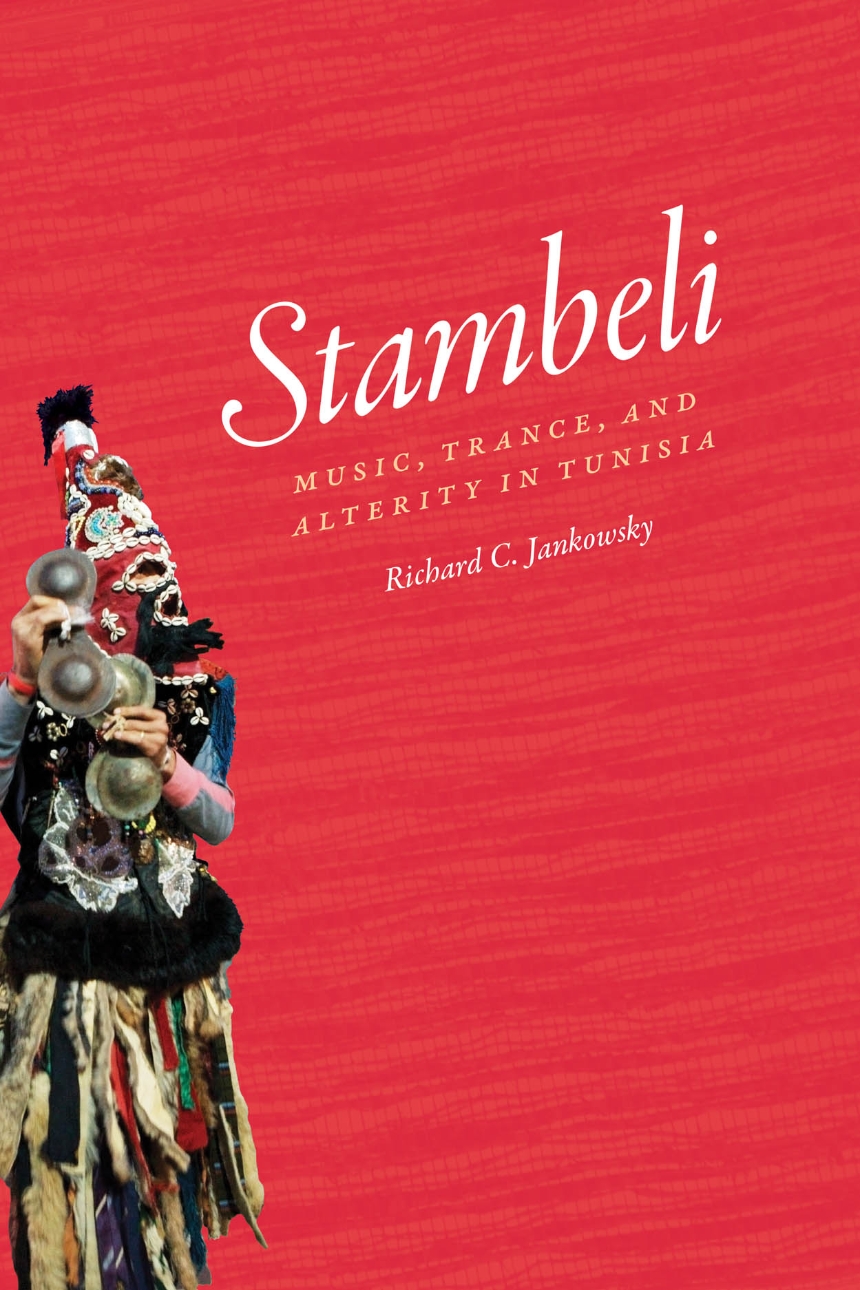Stambeli
Music, Trance, and Alterity in Tunisia
Part ethnography, part history of the complex relationship between Tunisia’s Arab and sub-Saharan populations, Stambeli will be welcomed by scholars and students of ethnomusicology, anthropology, African studies, and religion.
256 pages | 7 halftones, 12 line drawings, 1 map, 7 tables | 6 x 9 | © 2010
Chicago Studies in Ethnomusicology
Anthropology: Cultural and Social Anthropology
Music: Ethnomusicology
Religion: Religion and Society
Reviews
Table of Contents
List of Illustrations
Acknowledgments
Note on Spelling and Transliteration
Introduction
PART I Histories and Geographies of Encounter
1 Encountering the Other People
Alterity, Possession, Ethnography
2 Displacement and Emplacement
The Trans-Saharan Slave Trade and the Emergence of Stambēlī
3 Black Spirits White Saints
Geographies of Encounter in the Stambēlī Pantheon
PART II Musical Aesthetics and Ritual Dynamics
4 Voices of Ritual Authority
Musicians, Instruments, and Vocality
5 Sounding the Spirits
The Ritual Dynamics of Temporality, Modality, and Sonic Density
6 Trance, Healing, and the Bodily Experience
From Individual Affliction to Collective Appeasement
PART III Movements and Trajectories
7 Pilgrimage and Place
Local Performances, Transnational Imaginaries
8 Stambēlī on stage
(Re)presentations, Musical Cosmopolitanism, and the Public Sphere
9 Conclusion
Music, Trance, and Alterity
Epilogue (with Notes on Audio Examples)
Notes
Awards
Society for the Anthropology of Religion: Clifford Geertz Prize
Honorable Mention
Society for Ethnomusicology, African Music Section: Kwabena Nketia Book Prize
Honorable Mention
American Institute for Maghrib Studies: L. Carl Brown AIMS Book Prize in North African Studies
Honorable Mention
